Ensuring safety while walking is essential, especially on surfaces that are wet or oily. The risk of slipping and getting injured is significantly higher in such conditions. The type of flooring you choose plays a crucial role in preventing accidents, with slip-resistant floors being a key consideration. This is where slip ratings come into play, helping you determine the suitability of a tile for a specific area.
In today’s fast-paced world, prioritizing safety is paramount, whether you’re at home, in public spaces, or at work. Despite this, one often overlooked safety measure is preventing slip-and-fall incidents.
In this comprehensive blog, we will delve into the importance of slip ratings, decipher their meanings, highlight their significance, explore testing techniques, and understand how they significantly enhance walking safety.
The Basics of Slip Ratings
Slip ratings are a standardized measure of slipperiness used to assess it on various surfaces. It is also known as slip resistance ratings, measured primarily on floors. These ratings help us determine the grip and traction a surface offers, specifically when exposed to different conditions that include oil, water, and other elements.
Importance of Slip Ratings
These ratings play a vital role in determining valuable information for homeowners, designers, architects, facility managers, and manufacturers to make informed decisions about flooring designs and materials.
Testing Methods
There are several testing methods to determine the slip rating of a surface, but among all, the two most commonly used are the “pendulum test” also known as the British Pendulum Test, or BPT, and the “ramp test”.
Both tests help in evaluating the coefficient of friction between a standardized slider and the surface of the floor under certain circumstances.
Pendulum Test:

The pendulum test method simulates the heel of a person when it strikes the wet floor. In this, a pendulum with a rubber slider mimics the movement, and the resulting friction measurement determines the resistance to slipping.
Ramp Test:

A ramp test is taken by making a person walk on a surface with the specified flooring material. While walking, when the person starts slipping, the angle at which slipping occurs is measured, providing insight into the surface’s slip resistance.
Understanding Slip Ratings
R-slip rating is a rating system defined to measure the slip resistance of flooring materials. With these ratings, we can easily determine the slipperiness of a surface, specifically when it’s lubricated or wet. In this rating system, “R” stands for “Ramp”, and different numbers indicate different levels of resistance a surface offers to slip. Let’s understand these rating systems one by one:
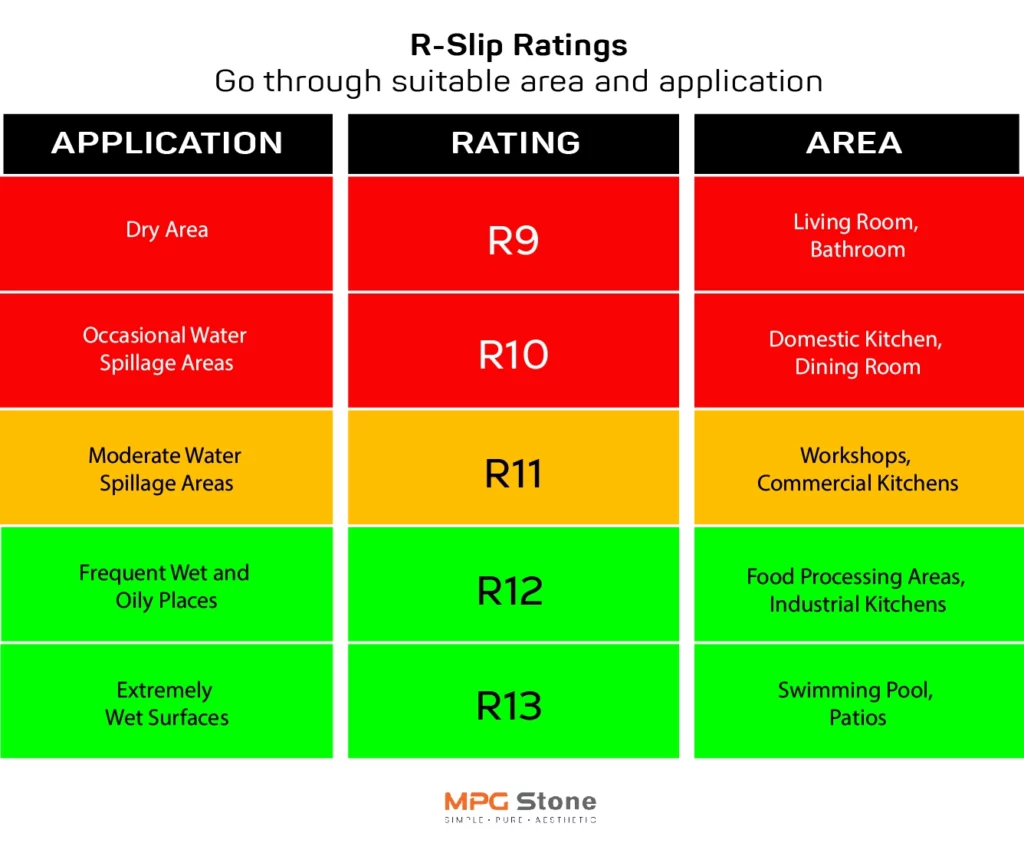
- R9: R9 is considered a low slip-resistant surface, and the material with this rating is best suited for a dry area such as a living room, bathroom, or other places that are less likely to have water spillage. Materials with an R9 surface are likely to become slippery when wet.
- R10: R10 surfaces are slightly more slip-resistant compared to R9 surfaces, which makes them more suitable for areas that get occasional water spillage, such as domestic kitchens. However, caution is still advised with these tile materials when the surface is wet.
- R11: Surfaces with an R11 slip rating offer relatively moderate slip resistance and can be used in environments where fluids and liquids are more likely to be present. These tile surfaces can be used in places like workshops, commercial kitchens, or areas with similar conditions.
- R12: With an increase in the number, resistance to slipping is also increasing, as a surface with an R12 slip rating offers a suitable grip while walking in areas that frequently get wet or oily, such as food processing areas and industrial kitchens.
- R13: The R13 rating is one of the highest slip ratings and offers the highest level of slip resistance. It is designed for extreme conditions, which include industrial environments. These are the areas where the risk of slipping is very high, as they get constant exposure to oils, lubricants, and water.
Before choosing any material with the above-determined slip rating, it is essential to note that the above ratings are general guidelines for slip rating.
Conclusion
Slip ratings are a vital aspect of creating safe environments and preventing slip and fall accidents. By understanding these ratings, testing methods, and their significance, we can make informed choices when it comes to selecting flooring materials for various settings.
Prioritizing slip resistance contributes to the well-being of individuals and promotes a safer and more secure world for everyone. Consult relevant safety regulations to ensure the appropriate slip resistance for the intended area.
And if you are seeking high-quality slip-resistant surface tiles, then MPG Stone is a one-stop solution for you. We offer a wide range of flooring tiles and slabs in both engineered and natural stones. So to learn more about our products, kindly explore our wide range of products.


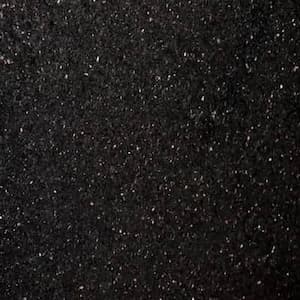
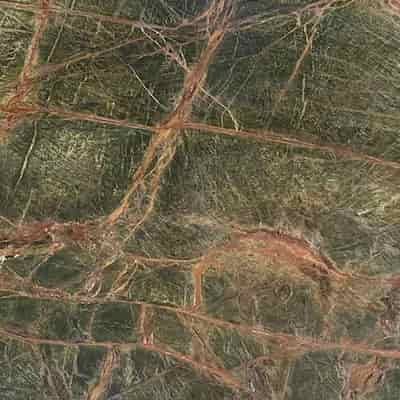


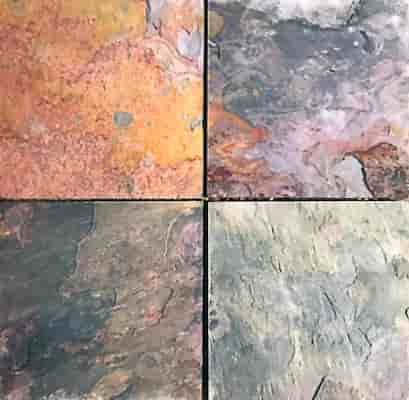

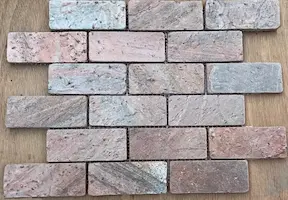

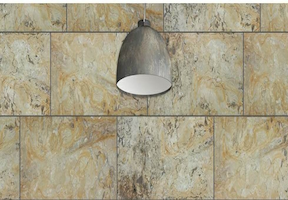


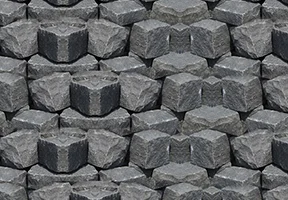
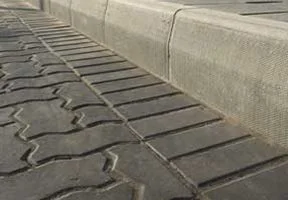
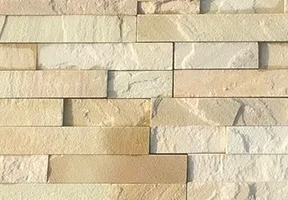

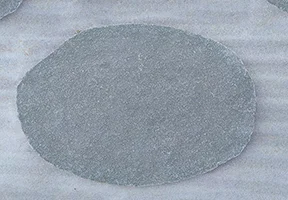

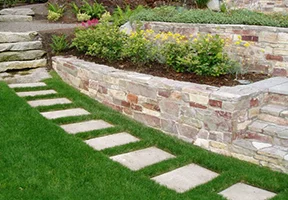
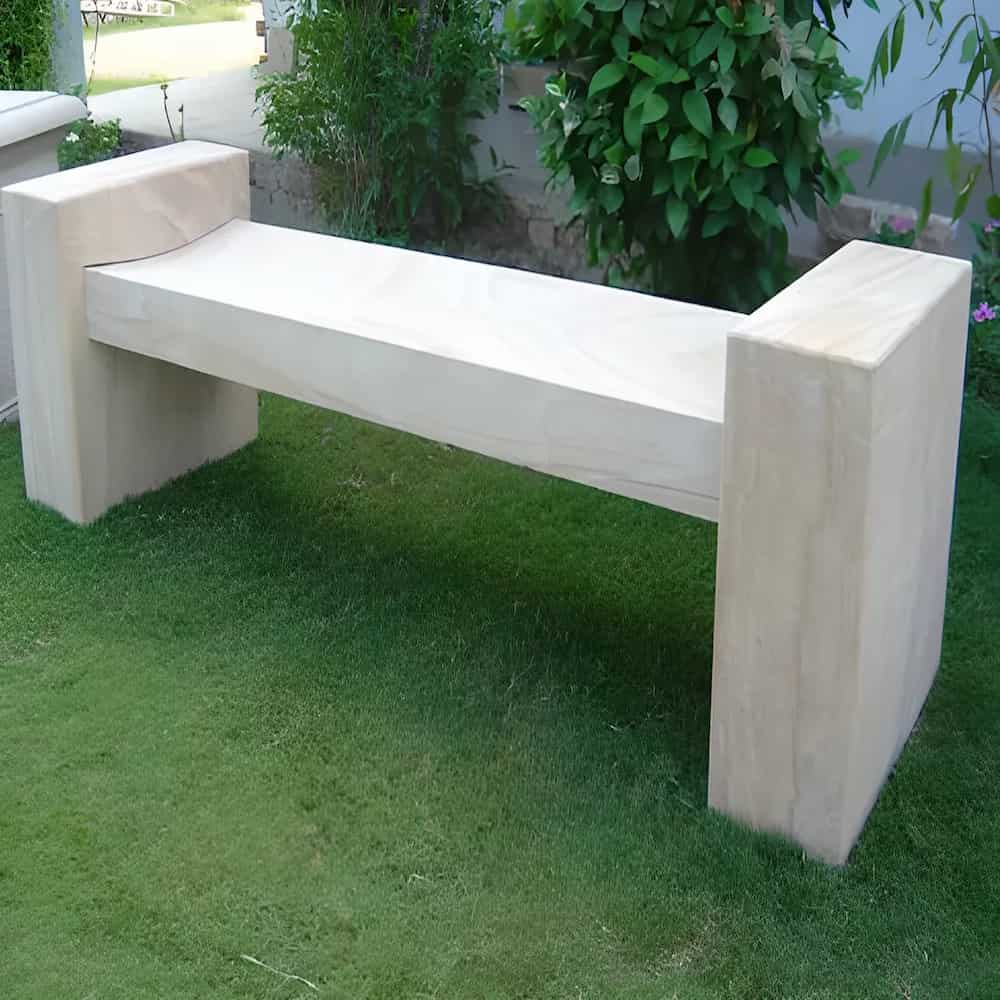
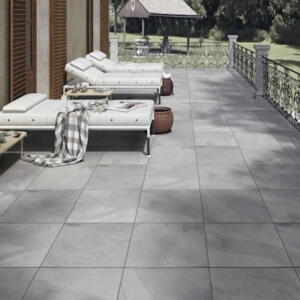

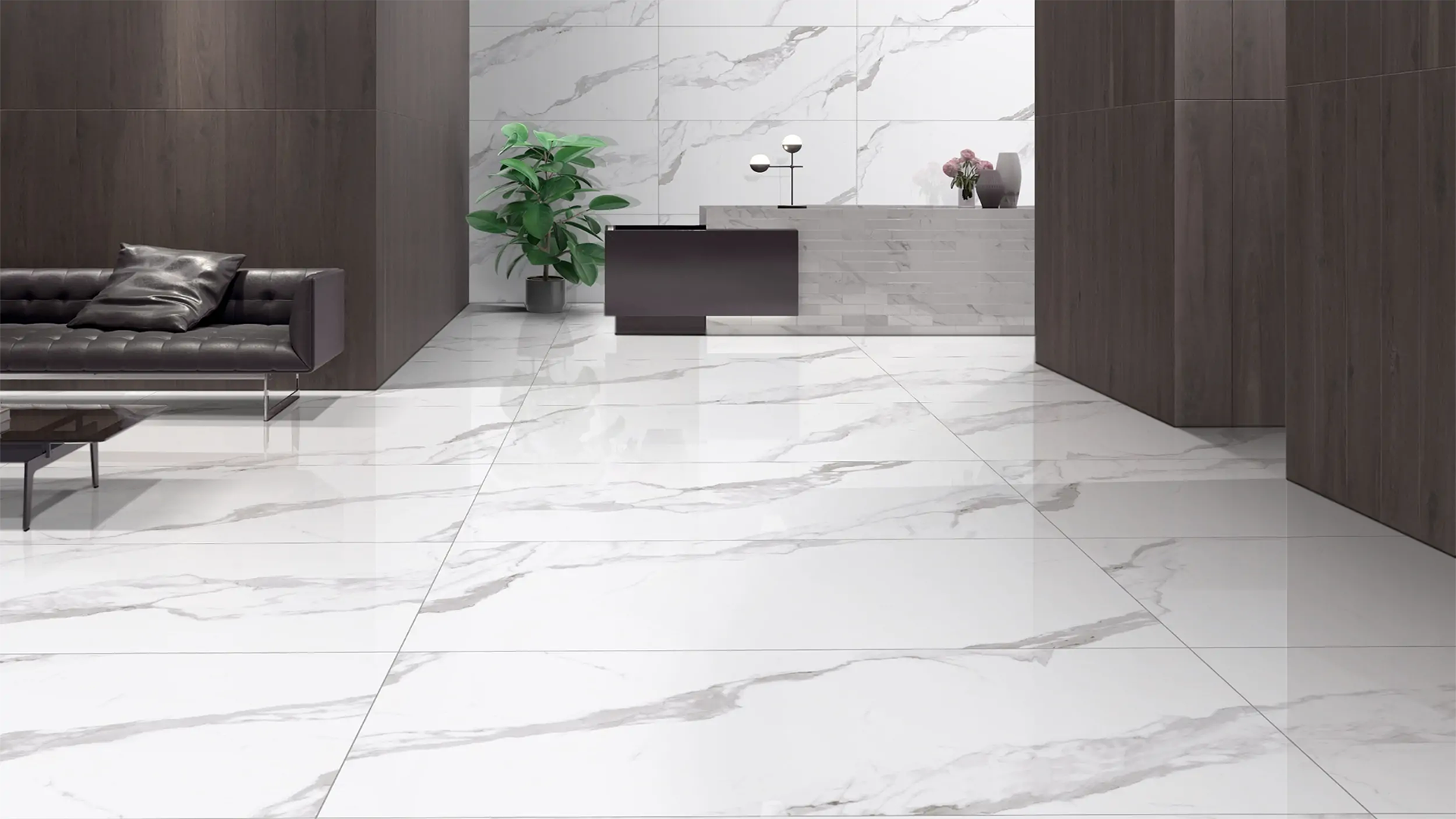
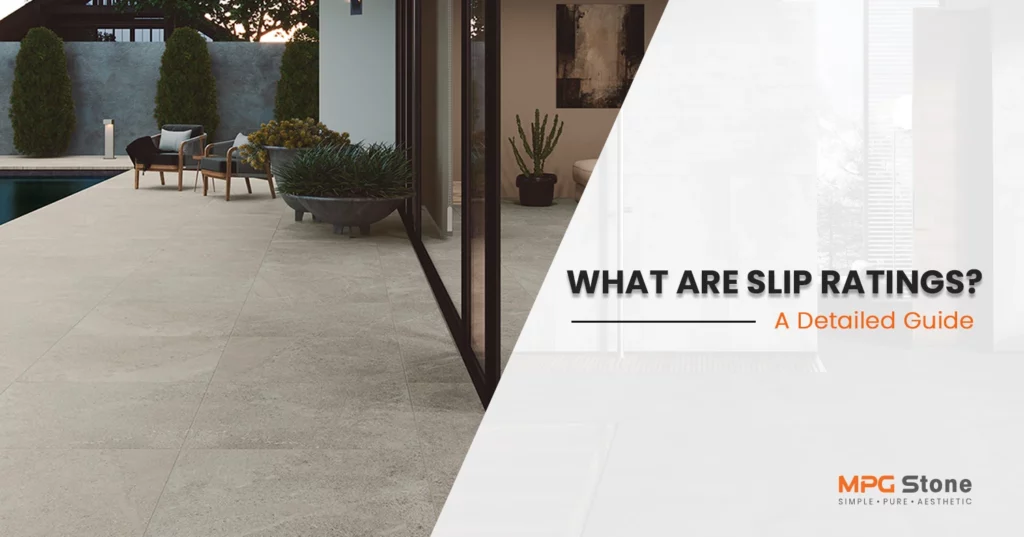

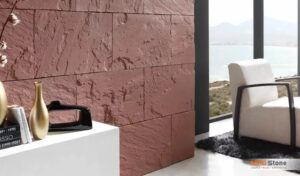

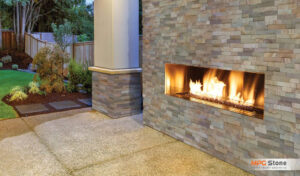


5 thoughts on “What are Tile Slip Ratings? A Detailed Guide”
Its like you read my mind! You appear to know so much about this, like you wrote the book in it or something. I think that you can do with a few pics to drive the message home a little bit, but other than that, this is fantastic blog. A great read. I’ll certainly be back.
Thank you for your feedback! We’re glad to hear that you enjoyed our blog post. We appreciate your suggestion about adding more visuals to the post to enhance the message. We’ll definitely keep that in mind for future posts. We hope to continue delivering great content that you’ll enjoy.